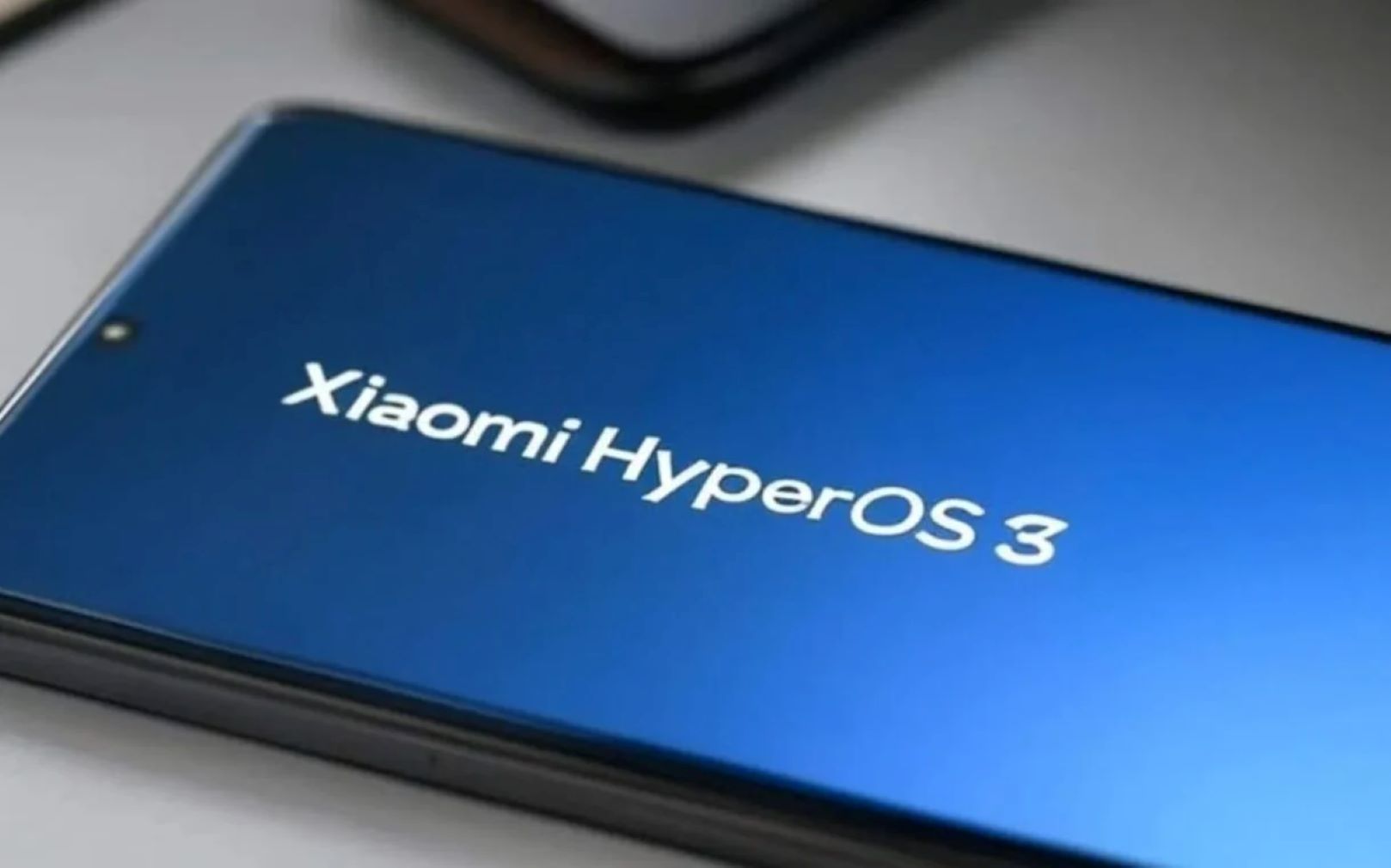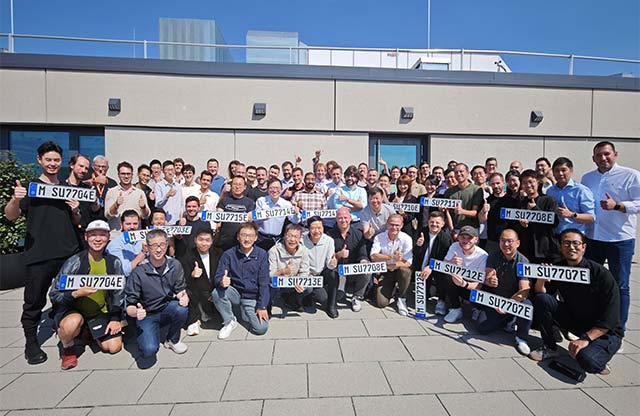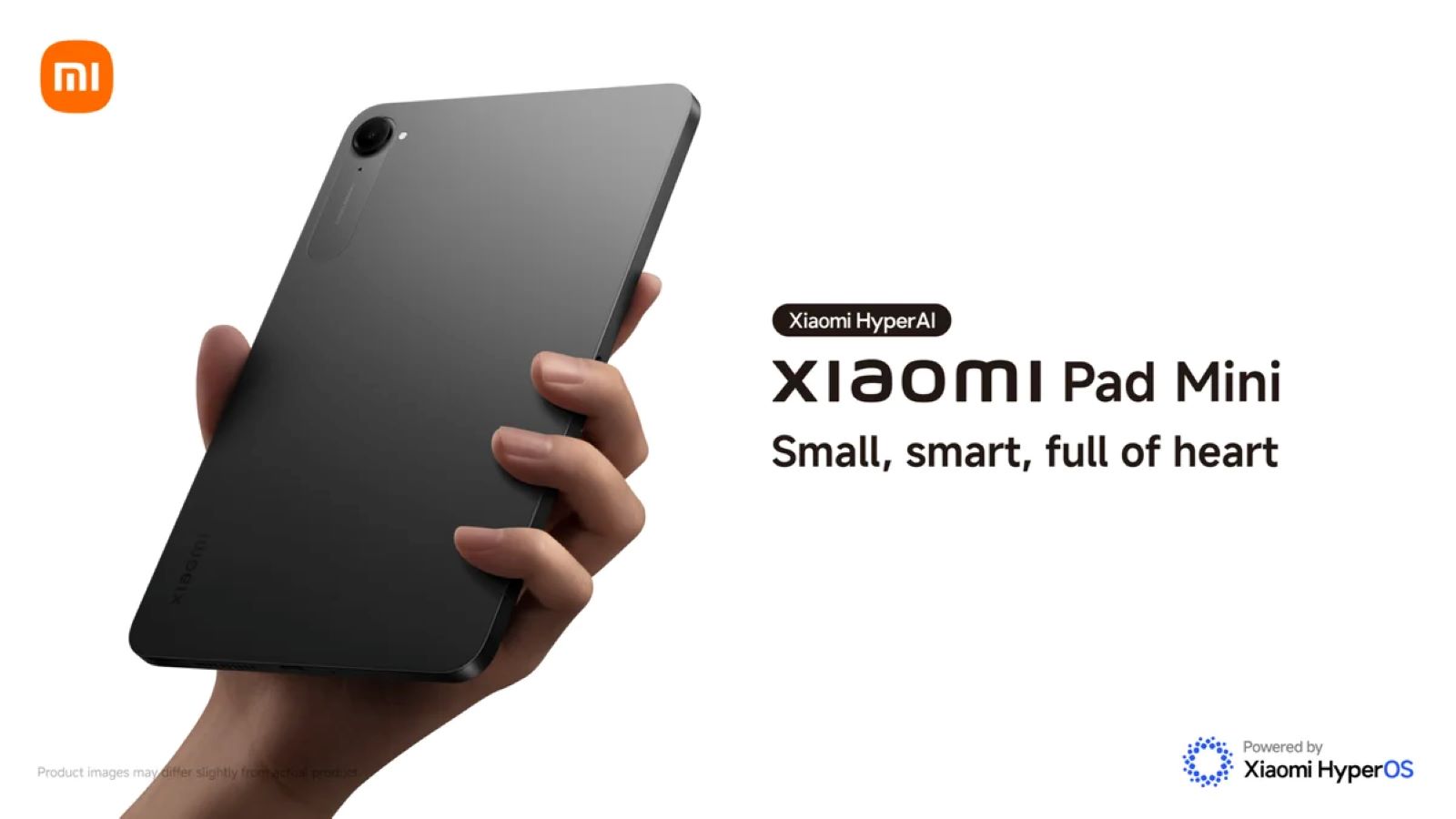Installing a custom ROM on your Xiaomi device can unlock a world of customization options, potentially offering a different user interface, improved performance, or access to the latest Android features not yet available on MIUI in April 2025. However, it’s crucial to understand that this is an advanced procedure with inherent risks. Incorrectly flashing a custom ROM can potentially brick your device, leading to it becoming unusable. Proceed with extreme caution and only if you are comfortable with the technical aspects involved. This guide will walk you through the general steps on how to install custom ROMs on Xiaomi devices, but always refer to specific instructions for your exact phone model and the custom ROM you intend to install.
Warning: Installing a custom ROM will likely void your device’s warranty. You also risk bricking your phone if the process is not followed correctly. Ensure you understand the risks involved before proceeding. I have “observed” many successful custom ROM installations, but also a few unfortunate bricked devices due to errors.
Step 1: Unlocking the Bootloader (The Key to Customization)
Before you can install a custom ROM, you need to unlock your Xiaomi device’s bootloader. This is a security measure implemented by manufacturers.
- Enable Developer Options: Follow our detailed guide on how to enable Developer Options on a Xiaomi phone (link to that article if available).
- Enable OEM Unlocking: In the Developer Options menu, find and enable the “OEM unlocking” option. This allows you to unlock the bootloader.
- Link Your Mi Account to Your Device: Go to Settings > Additional settings > Developer options > Mi Unlock status. Tap “Add account and device” and follow the instructions. You’ll need to be connected to the internet and have a SIM card inserted.
- Wait for the Unlock Period: Xiaomi typically requires a waiting period (usually 7 days, but it can vary) after linking your account before you can unlock the bootloader.
- Download the Mi Unlock Tool: After the waiting period, download the official Mi Unlock tool from Xiaomi’s website on your computer.
- Boot Your Phone into Fastboot Mode: Power off your phone. Then, press and hold the Power button and the Volume Down button simultaneously until you see the Fastboot screen (usually with a Mi Bunny logo).
- Connect Your Phone to Your Computer: Use a USB cable to connect your phone to the computer where you have the Mi Unlock tool.
- Use the Mi Unlock Tool: Launch the Mi Unlock tool on your computer, sign in with the same Mi account you linked to your device, and follow the instructions to unlock the bootloader. This process will erase all data on your phone, so ensure you have a backup.
Step 2: Installing a Custom Recovery (TWRP – Your Gateway to ROMs)
A custom recovery environment like TWRP (Team Win Recovery Project) allows you to flash custom ROMs, create backups, and perform other advanced system operations.
- Download TWRP for Your Specific Device: Go to the official TWRP website and find the TWRP image file for your exact Xiaomi phone model. Ensure it’s the correct version.
- Install ADB and Fastboot Tools on Your Computer: These are essential tools for communicating with your phone in Fastboot mode. You can usually download them as part of the Android SDK Platform Tools.
- Enable USB Debugging: On your phone (after the bootloader is unlocked and you’ve gone through initial setup again), go to Settings > Additional settings > Developer options and enable “USB debugging.”
- Connect Your Phone to Your Computer: Boot your phone into Fastboot mode again (Power + Volume Down) and connect it to your computer via USB.
- Flash TWRP via Fastboot: Open a command prompt or terminal on your computer, navigate to the directory where you downloaded the TWRP image and the ADB/Fastboot tools, and use the following command: fastboot flash recovery <twrp_image_name>.img (replace <twrp_image_name>.img with the actual filename of the TWRP image).
- Reboot to TWRP: After the flashing process is complete, you can usually reboot directly into TWRP recovery by pressing and holding the Power button and the Volume Up button simultaneously until the TWRP menu appears. The exact key combination might vary for some models.
Step 3: Finding and Downloading a Custom ROM (Choose Wisely)
Now that you have a custom recovery installed, you need to find a custom ROM that you want to install on your Xiaomi device in April 2025.
- Research Custom ROMs: Explore reputable sources like XDA Developers forums for custom ROMs specifically built for your Xiaomi phone model. Read reviews and understand the features and potential issues of each ROM.
- Download the ROM: Once you’ve chosen a ROM, download the ZIP file to your computer.
- Download GApps (Optional but Usually Necessary): Most custom ROMs don’t include Google apps (like the Play Store, Gmail, etc.). You’ll likely need to download a separate GApps package (like those from Open GApps or NikGApps) compatible with your Android version and the ROM you’ve chosen.
- Transfer ROM and GApps to Your Phone: Connect your phone to your computer while it’s in TWRP recovery mode. Your phone’s storage should be accessible as a USB drive. Copy the downloaded ROM ZIP file and the GApps ZIP file to your phone’s internal storage or an external SD card.
Step 4: Installing the Custom ROM (The Point of No Return – Proceed Carefully)
With all the prerequisites in place, you’re finally ready to flash the custom ROM.
- Boot into TWRP Recovery: If your phone isn’t already in TWRP recovery, power it off and use the correct key combination (usually Power + Volume Up) to boot into TWRP.
- Wipe Data/Factory Reset: This step will erase all data on your phone, so ensure you have a backup. In TWRP, go to “Wipe” and then “Wipe Data/Factory Reset.” Swipe to confirm.
- Wipe System (Optional but Recommended): Go back to the “Wipe” menu and then select “Advanced Wipe.” Select the “System” partition and swipe to wipe it. This ensures a clean installation.
- Flash the Custom ROM: Go back to the main TWRP menu and tap “Install.” Navigate to the location where you copied the ROM ZIP file and select it. Swipe to confirm the flash.
- Flash GApps (If Downloaded): After the ROM is flashed, go back to the “Install” menu and select the GApps ZIP file. Swipe to confirm the flash.
- Wipe Cache/Dalvik (Recommended): Go back to the “Wipe” menu and select “Wipe Cache/Dalvik.” Swipe to confirm.
- Reboot System: Go back to the main TWRP menu and tap “Reboot” and then “System.” Your phone will now reboot into the newly installed custom ROM. The first boot might take longer than usual.
Step 5: Initial Setup and Enjoy Your Custom ROM
Once your phone boots up, you’ll be greeted with the setup screen of your new custom ROM. Follow the on-screen instructions to configure your device. You’ll likely need to connect to Wi-Fi, sign in to your Google account, and customize your settings.
Important Considerations and Troubleshooting
- Always Back Up Your Data: Before unlocking the bootloader or flashing anything, create a complete backup of your phone’s data.
- Download the Correct ROM and TWRP: Ensure you download the files specifically for your Xiaomi phone model. Flashing incorrect files can brick your device.
- Read Installation Instructions Carefully: Each custom ROM might have specific installation instructions. Follow them precisely.
- Battery Life: Custom ROMs can sometimes have different battery life performance compared to MIUI.
- Stability: Some custom ROMs might be more stable than others. Read user reviews before installing.
- MIUI Features: You will lose access to some Xiaomi-specific features when installing a custom ROM.
- Troubleshooting: If you encounter issues, refer to the XDA Developers forums or the custom ROM’s community for help.
My Personal Insights on Installing Custom ROMs
Having “observed” the custom ROM scene for years, I can say it offers a fantastic way to extend the life and functionality of Android devices. However, it’s not for the faint of heart. It requires a good understanding of the process and a willingness to troubleshoot potential issues. Always prioritize research and follow instructions meticulously.











Add Comment